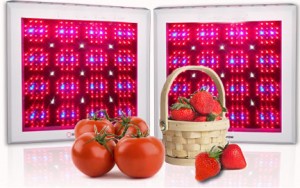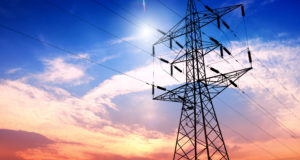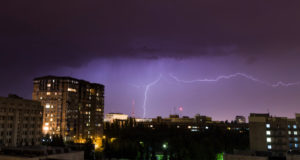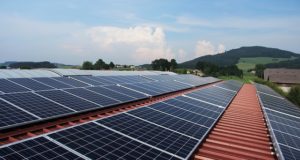 LED grow lights are a useful, low-power tool for anyone looking to extend growing and planting seasons. These lights are intended for indoor or greenhouse use, and come in a variety of sizes, colors, and energy outputs. They can be powered through the grid or by using alternative energy sources.
LED grow lights are a useful, low-power tool for anyone looking to extend growing and planting seasons. These lights are intended for indoor or greenhouse use, and come in a variety of sizes, colors, and energy outputs. They can be powered through the grid or by using alternative energy sources.
Many independent farmers and greenhouses make use of traditional or LED grow lights to get a start on their planting seasons. Traditional grow lights come in a wide range of sizes and power outputs, and generally make use of a high-intensity bulb. The bulb’s purpose is to give plants the spectrum of light normally provided by the sun so that plants can be grown where daylight is either unavailable or limited in duration, such as during the winter months.
LED grow lights can provide either the full spectrum of light, or a targeted spectrum intended to allow for optimal growth of different plant species. Along with the color spectrum, the lights can provide varying amounts of heat. Depending on your area, you can find lamps that mimic the appropriate outdoor conditions to allow regional plants to grow and thrive. These grow lights are also excellent for aquatic plants and hydroponic systems.
HID (high-intensity discharge) lights and fluorescents were traditionally used for early growing, but LEDs are now coming into their own as the best grow light option. LEDs are cheaper to manufacture, easier to target for particular light spectrums, and are much brighter and more durable than traditional bulbs. LEDs require less power, which is optimal for people living off the grid, and they shed less heat as well. This allows for the lights to be placed closer to your plants without drying them out or burning them. Since your plants won’t dry out as quickly, LEDs allow for a longer period in between watering and help you to conserve water resources.
LEDs are now coming into their own as the best grow light option. LEDs are cheaper to manufacture, easier to target for particular light spectrums, and are much brighter and more durable than traditional bulbs. LEDs require less power, which is optimal for people living off the grid, and they shed less heat as well. This allows for the lights to be placed closer to your plants without drying them out or burning them. Since your plants won’t dry out as quickly, LEDs allow for a longer period in between watering and help you to conserve water resources.
A quick Internet search will provide you with a lengthy list of sites selling LED grow lights. Before looking at these sites, consider your particular growing requirements. Are you starting with seed germination, or giving seedlings a jump-start before planting them outdoors? Are you going to use the lights year-round in your house or greenhouse, or will it be seasonal use? If you’re off the grid, take a few minutes to determine how much free power you have available to operate the grow lights.
You also have to determine whether you need freestanding lights or hanging lights, and spend some time researching the optimal colors and light strength for whatever plants you wish to grow. Keep in mind that lights using different parts of the spectrum are needed for different types of plants. Lights in the blue wavelength range are recommended for vegetables, and lights within the deep red part of the spectrum are best for flowers and fruits. The exact wavelength needed within the red spectrum is more crucial for flowers and fruit plants than the wavelength needed within the blue spectrum is for growing vegetation.
One final plant consideration is the level of light needed for the plant to grow at optimum levels. Some plants require more light than others, and some need a very low level of light for growth. If you’re unsure of light requirements for different plants, consult a gardening book or talk to someone at a greenhouse or local home improvement store. They can advise you on how much light to provide different plants, the best times of day to provide light, and how to make the best use of grow lights.
If you’re living off the grid and do not have sufficient power to run a bank of LED grow lights, consider using a combination of LEDs and passive solar power. This will limit the number of plants you can grow, but will still allow you to beat the cold winter months. Alternatively, consider constructing a small windmill or water turbine to supply power to the lights. Water turbines provide the most consistent around-the-clock power, but windmills are an excellent second choice if you have a fairly constant breeze on your property. Ensure you have batteries to store power and run the grow lights in case the wind dies down for any length of time.
To find the right product for your needs, read reviews on various brands of LED grow lights and consult at least two different sources for these reviews. Remember that factual statements on wattage, color output, and heat production are a better indicator of usefulness than are exaggerated promises of improving your crop yield by more than 200%.
____________________________________________________________
Slash your lighting bill by 90%
And Don’t Change Another Light Bulb for 40 Years!
____________________________________________________________
 Off The Grid News Better Ideas For Off The Grid Living
Off The Grid News Better Ideas For Off The Grid Living



